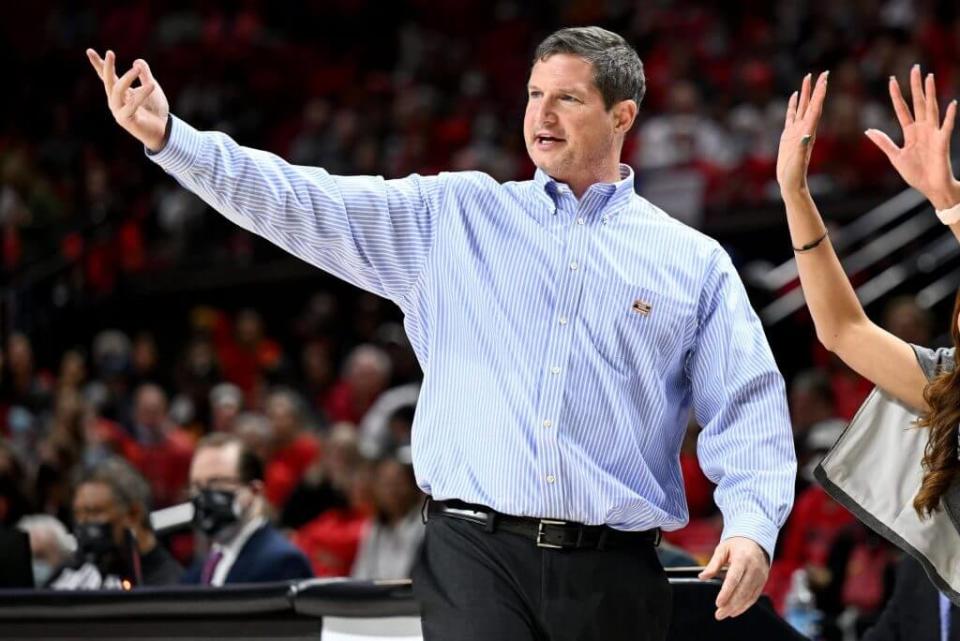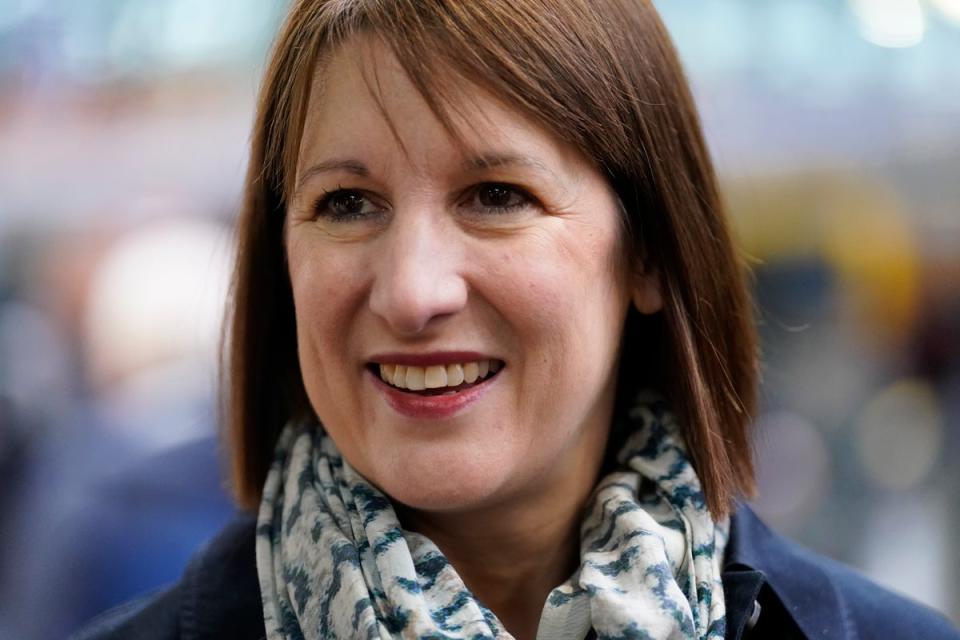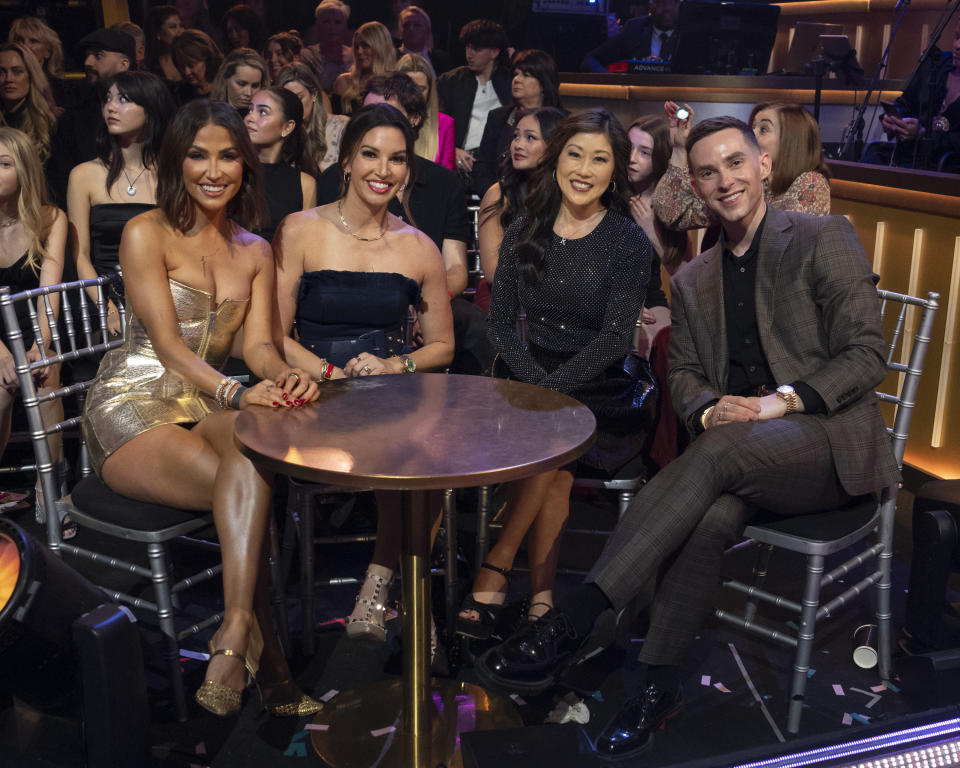
Karl Smesko has become synonymous with a unique style of offensive basketball over the past two decades at Florida Gulf Coast. He prioritizes efficiency to the nth degree and coaches his players to get the best possible shots, whether they are layups with an advantage, catch-and-shoot 3s, or anything uncontested from an optimal spot on the floor.
The Eagles categorize these baskets as “above the line” shots, or ATLs.
That moniker might already be spoken for at his next job, but the concept remains the same. On Wednesday, Smesko was named the Atlanta Dream’s new head coach. ATL meets “ATLs.” Arguably the most distinct offense in college basketball is coming to the WNBA, as Smesko gets to merge a historically successful system with elite athletes on the biggest stage.
“This, for me, is about getting a new challenge to get to work with the greatest women’s basketball players in the world,” he said.
Smesko, who has coached at FGCU since 2002, has long been regarded as one of the best college coaches in the country. His peers named him among the best X’s and O’s practitioners and offensive game-planners in The Athletic’s anonymous coaches polls the last two seasons. Entering this year, he boasted the third-highest winning percentage among active coaches behind UConn’s Geno Auriemma and LSU’s Kim Mulkey. Over the last decade, only Auriemma, Mulkey and South Carolina’s Dawn Staley have more 30-win seasons. (Smesko has stepped down from his position at FGCU to begin immediately with the Dream, and Eagles named associated head coach Chelsea Lyles as his replacement.)
The secret sauce has always been Smesko’s willingness to think outside the box and experiment. It has resulted in a radical offensive approach that puts a heavy emphasis on 3-point shots. Since 2009-10 (the first year data is available via Her Hoop Stats), FGCU has finished in the top four of Division I in 3-point attempt rate every season. In seven of those 15 seasons, the Eagles have led DI in percentage of shot attempts from beyond the arc, peaking at 49.1 percent in 2021-22.
Smesko, 54, keeps notebooks of ideas, most of which he said he has never tried. Perhaps some of those schemes will emerge with the Dream, who are aiming for a third consecutive postseason appearance for the first time since 2012-14.
A running joke at FGCU was that every player was listed as a “shooter” on their positional designation rather than guard, forward or center. Smesko said that designation was an aspiration for some, but he wanted to instill the mindset that anyone can be a good shooter with the right approach.
“The one thing that we know for sure is we’re going to play highly efficient basketball,” Atlanta general manager Dan Padover said.
Padover and the Dream fired Tanisha Wright after three seasons following their first-round playoff loss to the New York Liberty. Ownership and management worked closely with the Korn Ferry search firm to find their next coach. They sought candidates with three main qualities: proven winners, innovative basketball minds and culture-builders. Past head coaching experience was also important. They collected a pool of more than 50 candidates with diverse backgrounds, and Padover said he spoke to more than 35 candidates. Talks between Smesko and the Dream picked up over the last week.
Smesko’s father was a high school basketball coach in Ohio and Smesko grew up interested in the profession. His emphasis on shot efficiency doesn’t stem from his dad, but that’s how he learned the importance of fundamentals and denying opponents extra possessions.
Smesko’s approach began to crystalize when he was a student at Kent State in the early 1990s. He watched and read about coaches like Bob Knight’s use of movement and screening. He realized that so many teams across the country were inefficient, not using the 3-pointer nearly enough. At his first head coaching opportunity at Walsh University in Ohio, he put readings into reality, playing a five-out system that spaced guards around the 3-point line. “It was pretty simple math that was just being ignored at the time,” he said.
His system doesn’t call for 3s at all costs, but rather the right diet of triples — catch-and-shoots off drives into the paint, jumpers in transition before defenses sets, open looks in rhythm and on balance. He values getting behind defenses for shots closer to the basket, but he said, “If you have the right personnel, I have no problem shooting all 3s. It’s just you gotta have the right personnel for it.”
Smesko inherits two Dream players in Rhyne Howard and Allisha Gray with the skills to fit seamlessly into his system. Both are high-volume 3-point shooters who can also score off the dribble and play up-tempo. Nevertheless, they’ll have to shake off some habits from the last few years in Atlanta.
Despite boasting two All-Stars, Atlanta had the least efficient offense in the WNBA and the lowest effective field-goal percentage. The Dream ranked ninth in the league in 3-point rate; in their franchise’s history, they have never reached the 30 percent mark. They were last in pace, and Howard took 19.3 percent of her shots from the midrange (87 in total). As a team, FGCU attempted 30 the entire 2023-24 season.
“We need to leverage their strengths and put them in optimal positions to play to their greatness,” Smesko said about Howard and Gray.
He has a consistent track record of improving efficiency for different types of players. Kierstan Bell, a former first-round draft pick and Las Vegas Aces wing, came to FGCU in 2020 after a season at Ohio State and her effective field-goal percentage jumped from 48.3 to 60.2. Smaller guards like Kendall Spray and Alyza Winston, who thought they needed pull-up jumpers in the midrange, saw the light with the Eagles. For the Dream to continue developing, players will need to start seeing the game Smesko’s way.
There will be necessary adjustments moving from the NCAA to the WNBA, including pace of play. However, Smesko already often watches film 10 to 20 percent faster than live speed so that game action feels slower and he can make quicker decisions. He’ll also have to adjust to the difference in officiating between the two levels. Smesko’s teams thrive with freedom of movement, and even the players who don’t develop into knockdown shooters serve their role by opening up the floor with their cuts and slips. If that off-ball movement is shut down by holding and physicality that doesn’t get whistled for fouls, the flow of the offense will change.
After agreeing to a multi-year contract, Smesko is joining the WNBA amid an explosion in interest and economics. Yet WNBA coaches have never faced more instability, with some around the league pointing to the greater stakes as an underlying reason for so many coaching changes. Seven franchises made head coach changes this past offseason, with six leaving after no more than two seasons. He is leaving a program he built from its literal infancy — he was FGCU’s first women’s basketball coach — for a more tenuous position.
No recent comparison exists for the jump Smesko is making. A WNBA franchise has not hired a coach without NBA, G League or prior WNBA (player, assistant or head coach) experience since the Sky hired Pokey Chatman in 2011 from Spartak Moscow after her tenure at LSU. Padover said the only recent WNBA coach whose resumé even closely resembles Smesko’s is Curt Miller, who was Bowling Green’s head coach for more than a decade and had brief stints at Indiana and as a Los Angeles Sparks assistant before the Connecticut Sun hired him in 2016.
“There’s no better time for a coach to enter the league than right now,” Padover said. “There’s going to be (eight) head coaches with their team for the first year. I think someone with head coaching experience at any level is going to have a big advantage right now.”
Smesko’s philosophy is rooted in finding advantages. He knows he has much to learn, but he is confident in the Dream’s potential.
“Anybody who comes to a new league is going to have a learning curve,” Padover said. “But someone who is as smart as Karl, is as adaptable as Karl, he’s going to figure it out.”
This article originally appeared in The Athletic.
Atlanta Dream, WNBA, Women’s College Basketball
2024 The Athletic Media Company
EMEA Tribune is not involved in this news article, it is taken from our partners and or from the News Agencies. Copyright and Credit go to the News Agencies, email news@emeatribune.com Follow our WhatsApp verified Channel





